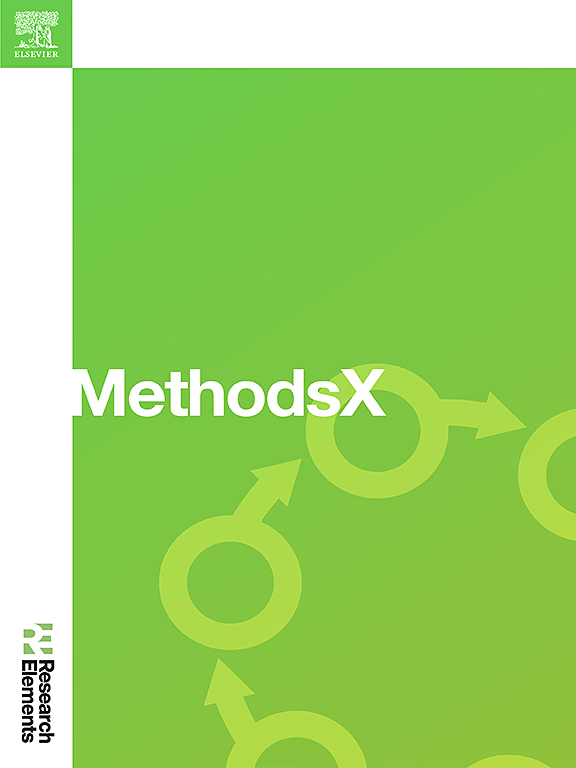利用ConvNextBase和LightGBM混合模型通过眼睛凝视分析进行ASD早期检测。
IF 1.6
Q2 MULTIDISCIPLINARY SCIENCES
引用次数: 0
摘要
ASD是一种精神发育障碍,严重影响儿童的行为和沟通能力。自闭症严重影响着世界,其在全球的存在不断增加。造成这一趋势的原因之一可能是一场流行病,它增加了儿童看屏幕的时间,减少了与同龄人或家人的交流。目前,一个漫长而主观的非临床程序被用于检测自闭症谱系障碍,随后是一系列的治疗过程来治愈它。本研究介绍了一种新的眼睛注视分析方法来识别儿童自闭症特征。这项工作提出了一种新的ConvNextBase和LightGBM方法,利用眼睛位置作为早期检测自闭症特征的特征。•提出了一种新的ConvNextBase架构,其中包含较少的未冻结层和单位分别为512和128的额外密集层,以及率为0.5的dropout层,从图像中提取丰富、高级和更复杂的特征,以提高泛化和减轻过拟合。•LightGBM模型使用3倍交叉验证进行分类,并找到baging_function、feature_fraction、max_depth、Number_of_leaves和learning_rate的最佳参数分别为0.8、0.8、-1、31和0.1,以提高模型对未见数据的鲁棒性。该方法在公开可用的Kaggle数据集上进行了训练和测试,并与其他最先进的方法进行了基准测试。实验结果表明,所提出的系统在准确性和特异性方面分别优于其他尖端技术95%和98%。此外,该模型达到了93%的精度,表明该模型有效地减少了假阳性,并正确识别了假阳性。在AUC-ROC曲线下,分类成功率达到91%,表明该模型具有较强的分类能力。本文章由计算机程序翻译,如有差异,请以英文原文为准。

Leveraging hybrid model of ConvNextBase and LightGBM for early ASD detection via eye-gaze analysis
ASD is a mental developmental disorder that significantly impacts the behavioural and communicational abilities of the child. ASD is affecting the world hard, and its global presence continuously increases. One of the reasons for this trend may be a pandemic, which increases screen time for children and decreases communication with peers or family. A lengthy and subjective non-clinical procedure is currently placed for detecting ASD, which is followed by a series of therapy sessions to cure it. This research introduces a novel method for eye gaze analysis to identify autistic traits in children. This proposed work offers
- •A novel method of ConvNextBase and LightGBM leveraging eye position as a feature for early detection of autistic traits.
- •A new ConvNextBase architecture proposed with few unfreezed layers and extra dense layers with units of 512 and 128, respectively, and dropout layers with a rate of 0.5 that extract rich, high-level, and more complex features from the images to improve generalization and mitigate overfitting.
- •A LightGBM model performed classification using 3-fold cross-validation and found the best parameters for bagging_function, feature_fraction, max_depth, Number_of_leaves and learning_rate with values of 0.8, 0.8, −1, 31 and 0.1 respectively, to improve the model's robustness on unseen data.
求助全文
通过发布文献求助,成功后即可免费获取论文全文。
去求助
来源期刊

MethodsX
Health Professions-Medical Laboratory Technology
CiteScore
3.60
自引率
5.30%
发文量
314
审稿时长
7 weeks
期刊介绍:
 求助内容:
求助内容: 应助结果提醒方式:
应助结果提醒方式:


